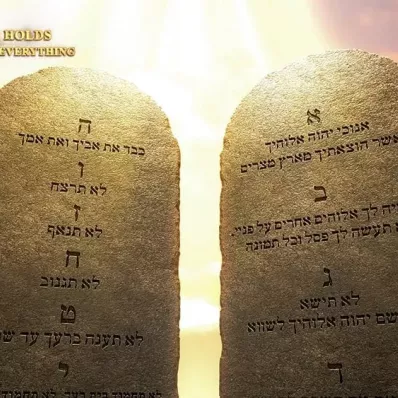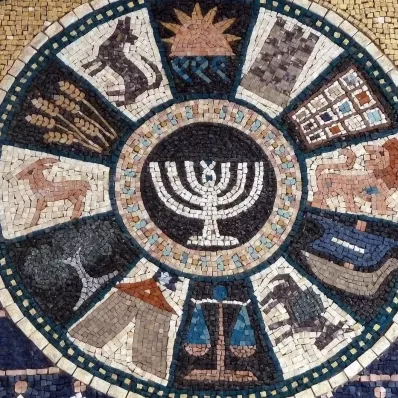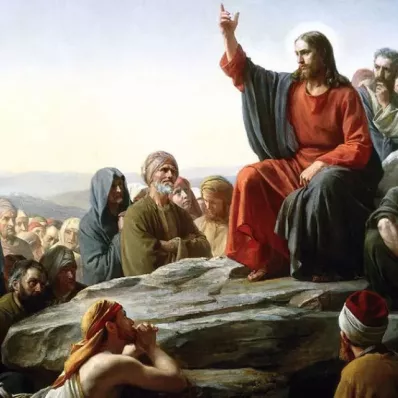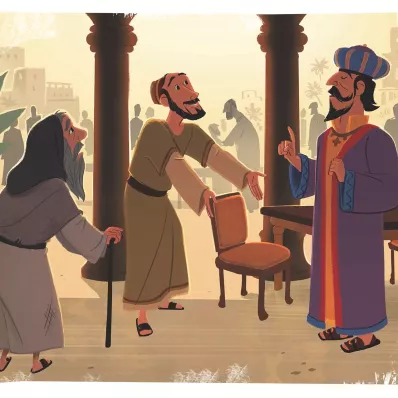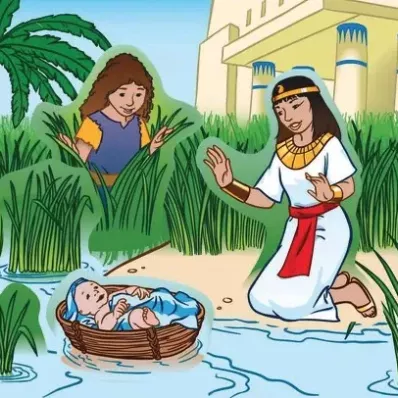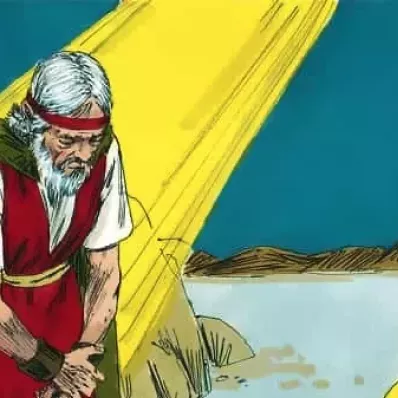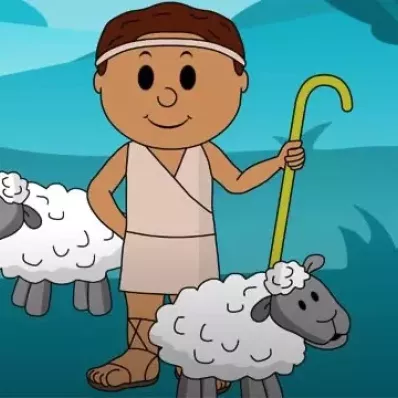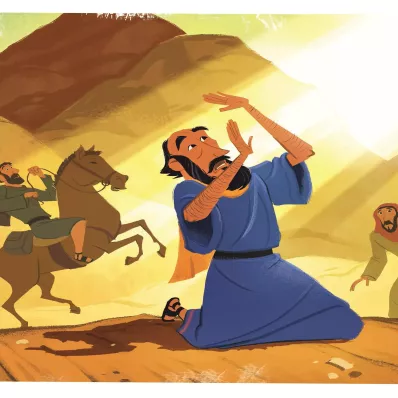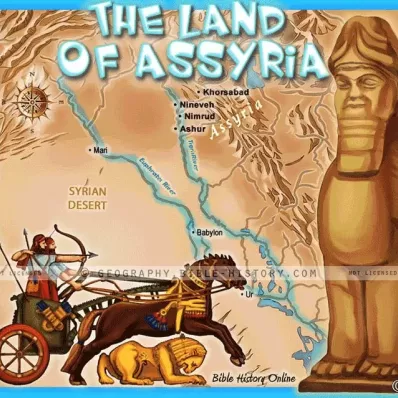Colour
The subject of colours holds an important place in the
Scriptures.
White occurs as the translation of various Hebrew words. It is
applied to milk (Gen. 49:12), manna (Ex. 16:31), snow (Isa.
1:18), horses (Zech. 1:8), raiment (Eccl. 9:8). Another Hebrew
word so rendered is applied to marble (Esther 1:6), and a
cognate word to the lily (Cant. 2:16). A different term, meaning
"dazzling," is applied to the countenance (Cant. 5:10).
This colour was an emblem of purity and innocence (Mark 16:5;
John 20:12; Rev. 19:8, 14), of joy (Eccl. 9:8), and also of
victory (Zech. 6:3; Rev. 6:2). The hangings of the tabernacle
court (Ex. 27:9; 38:9), the coats, mitres, bonnets, and breeches
of the priests (Ex. 39:27,28), and the dress of the high priest
on the day of Atonement (Lev. 16:4,32), were white.
Black, applied to the hair (Lev. 13:31; Cant. 5:11), the
complexion (Cant. 1:5), and to horses (Zech. 6:2,6). The word
rendered "brown" in Gen. 30:32 (R.V., "black") means properly
"scorched", i.e., the colour produced by the influence of the
sun's rays. "Black" in Job 30:30 means dirty, blackened by
sorrow and disease. The word is applied to a mourner's robes
(Jer. 8:21; 14:2), to a clouded sky (1 Kings 18:45), to night
(Micah 3:6; Jer. 4:28), and to a brook rendered turbid by melted
snow (Job 6:16). It is used as symbolical of evil in Zech. 6:2,
6 and Rev. 6:5. It was the emblem of mourning, affliction,
calamity (Jer. 14:2; Lam. 4:8; 5:10).
Red, applied to blood (2 Kings 3;22), a heifer (Num. 19:2),
pottage of lentils (Gen. 25:30), a horse (Zech. 1:8), wine
(Prov. 23:31), the complexion (Gen. 25:25; Cant. 5:10). This
colour is symbolical of bloodshed (Zech. 6:2; Rev. 6:4; 12:3).
Purple, a colour obtained from the secretion of a species of
shell-fish (the Murex trunculus) which was found in the
Mediterranean, and particularly on the coasts of Phoenicia and
Asia Minor. The colouring matter in each separate shell-fish
amounted to only a single drop, and hence the great value of
this dye. Robes of this colour were worn by kings (Judg. 8:26)
and high officers (Esther 8:15). They were also worn by the
wealthy and luxurious (Jer. 10:9; Ezek. 27:7; Luke 16:19; Rev.
17:4). With this colour was associated the idea of royalty and
majesty (Judg. 8:26; Cant. 3:10; 7:5; Dan. 5:7, 16,29).
Blue. This colour was also procured from a species of
shell-fish, the chelzon of the Hebrews, and the Helix ianthina
of modern naturalists. The tint was emblematic of the sky, the
deep dark hue of the Eastern sky. This colour was used in the
same way as purple. The ribbon and fringe of the Hebrew dress
were of this colour (Num. 15:38). The loops of the curtains (Ex.
26:4), the lace of the high priest's breastplate, the robe of
the ephod, and the lace on his mitre, were blue (Ex. 28:28, 31,
37).
Scarlet, or Crimson. In Isa. 1:18 a Hebrew word is used which
denotes the worm or grub whence this dye was procured. In Gen.
38:28,30, the word so rendered means "to shine," and expresses
the brilliancy of the colour. The small parasitic insects from
which this dye was obtained somewhat resembled the cochineal
which is found in Eastern countries. It is called by naturalists
Coccus ilics. The dye was procured from the female grub alone.
The only natural object to which this colour is applied in
Scripture is the lips, which are likened to a scarlet thread
(Cant. 4:3). Scarlet robes were worn by the rich and luxurious
(2 Sam. 1:24; Prov. 31:21; Jer. 4:30. Rev. 17:4). It was also
the hue of the warrior's dress (Nah. 2:3; Isa. 9:5). The
Phoenicians excelled in the art of dyeing this colour (2 Chr.
2:7).
These four colours--white, purple, blue, and scarlet--were
used in the textures of the tabernacle curtains (Ex. 26:1, 31,
36), and also in the high priest's ephod, girdle, and
breastplate (Ex. 28:5, 6, 8, 15). Scarlet thread is mentioned in
connection with the rites of cleansing the leper (Lev. 14:4, 6,
51) and of burning the red heifer (Num. 19:6). It was a crimson
thread that Rahab was to bind on her window as a sign that she
was to be saved alive (Josh. 2:18; 6:25) when the city of
Jericho was taken.
Vermilion, the red sulphuret of mercury, or cinnabar; a colour
used for drawing the figures of idols on the walls of temples
(Ezek. 23:14), or for decorating the walls and beams of houses
(Jer. 22:14).



